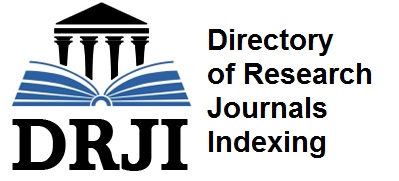La identitat col•lectiva del camperolat valencià en la Baixa Edat Mitjana
The collective identity of the Valencian peasantry in the late Middle Ages
Abstract
This paper aims to provide an analy-sis of the formation of the collective identity at the rural Valencia during the late Middle Ages. Since the 13th century, the collective identity of the peasantry started to set up on the little rural communities. These communities were particular homogene-ous between them and shared institutional, political and economic rights. Moreover, these communities took part of bigger territorial entities where a collective consciousness was developed, based on the pre-existence of common rights between the peasants. Finally, the collective identity was defined too through the interaction between the rural com-munities, the lords and the towns which continue to evolve on the 14th and 15th centuries.
El present article analitza la formació de la identitat col•lectiva al món rural valencià durant els segles baixmedievals. Des del segle XIII, s’assenten les bases de la identitat col•lectiva del camperolat a partir de la constitució de comunitats rurals certament homogènies que comparteixen un conjunt de trets institucionals, polítics, socials i econòmics. Totes elles formen part d’entitats territorials més amples, a l’interior de les quals es desenvolupa una consciència col•lectiva que es fonamenta en l’existència d’uns trets comuns entre tots els habitants del camp. Per últim, la identitat col•lectiva es defineix també gràcies a l’oposició que les comunitats rurals mantenen amb el senyor i els centres urbans al llarg dels segles XIV i XV.

This work is licensed under a Creative Commons Attribution-NonCommercial 4.0 International License.
Authors who publish with this Journal agree to the following terms:
Authors retain copyright and grant the Journal right of first publication with the work simultaneously licensed under a Creative Commons Attribution-NonCommercial 4.0 International License.
This Journal permits and encourages authors to post items submitted to the Journal on personal websites or institutional repositories both prior to and after publication, while providing bibliographic details that credit, if applicable, its publication in this Journal.

















